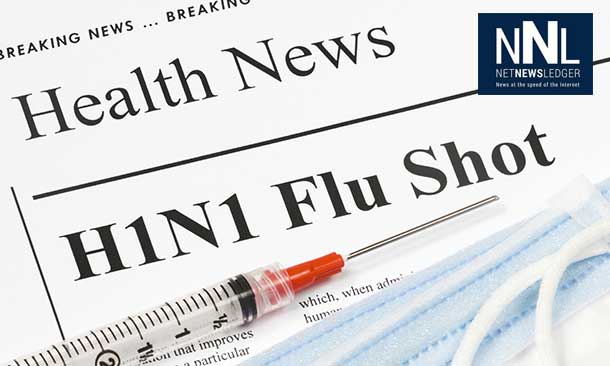 THUNDER BAY – Concerns over Ebola Virus in Ontario have the Ontario Government sharing the preparations underway to protect the health of residents. “The safety of the Ontario public, including our dedicated health care workers, is my top priority – and I am committed to doing everything necessary to protect their safety. These enhanced measures will make our preparedness even stronger, and I will continue to work in partnership with our health care providers including our dedicated frontline health care workers to enhance our ability to safely contain and treat any infectious illness. I will continue to monitor the situation and work closely with the Interim Chief Medical Officer of Health to ensure the safety and protection of all Ontarians,” stated Dr. Eric Hoskins, Minister of Health and Long-Term Care.
THUNDER BAY – Concerns over Ebola Virus in Ontario have the Ontario Government sharing the preparations underway to protect the health of residents. “The safety of the Ontario public, including our dedicated health care workers, is my top priority – and I am committed to doing everything necessary to protect their safety. These enhanced measures will make our preparedness even stronger, and I will continue to work in partnership with our health care providers including our dedicated frontline health care workers to enhance our ability to safely contain and treat any infectious illness. I will continue to monitor the situation and work closely with the Interim Chief Medical Officer of Health to ensure the safety and protection of all Ontarians,” stated Dr. Eric Hoskins, Minister of Health and Long-Term Care.
Ontario is taking action to enhance the province’s readiness to contain and treat any potential case of Ebola in the province. These measures will further protect the safety of all Ontarians, including health care workers.
A total of ten Ontario patients have been tested for possible Ebola infection, and all of these patients have tested negative. There are no confirmed cases of Ebola Virus Disease in Ontario.
The new measures include:
- Asking Ontario’s Interim Chief Medical Officer of Health to issue a directive to hospitals and other acute care settings about new personal protective equipment and training requirements as well as enhanced procedures for containing and treating Ebola.
- Designating Children’s Hospital of Eastern Ontario, Hamilton Health Sciences, Health Sciences North, Hospital for Sick Children, Kingston General Hospital, London Health Sciences Centre, The Ottawa Hospital, St. Michael’s Hospital, Sunnybrook Hospital, and University Health Network’s Toronto Western Hospital as the referral hospitals to treat potential cases of Ebola.
- Enhancing the province’s inventory and availability of personal protective equipment, including ensuring the availability of N95 protective respirators.
- Testing Ebola specimens at Public Health Ontario’s provincial labs starting on Monday October 20, 2014.
- Creating a formal Minister’s Advisory Table on Ebola Preparedness which will include frontline workers and health care providers, and which will meet regularly to provide ongoing advice to the Minister of Health and Long-Term Care.
- Creating an Ebola Command Table which will be chaired by the Minister of Health and Long-Term Care, and which will include the Interim Chief Medical Officer of Health, the Deputy Minister, Public Health Ontario, the Ministry of Labour and other partner ministries and representatives from the province’s LHINs and designated referral hospitals, among others.
- Assigning appropriately outfitted ambulances to transport potential cases of Ebola to the designated hospitals for treatment.
These measures were developed with guidance from specialists in workplace health and safety in a health care setting.
The province continues to work closely with the Public Health Agency of Canada and our provincial and territorial counterparts to ensure Canada’s preparedness.
Ontario’s experience and lessons learned from the Severe Acute Respiratory Syndrome (SARS) epidemic resulted in our health care facilities developing sophisticated infection control systems and procedures to protect health care providers, patients and all Ontarians. This included creating Public Health Ontario to provide scientific and technical support for infection prevention and control, disease surveillance, epidemiology and emergency preparedness.
QUICK FACTS
The current Ebola outbreak, which began in West Africa in March 2014, is unprecedented with growing international concern. The World Health Organization (WHO) declared Ebola a public health emergency of international concern on August 8, 2014.
The former Chief Medical Officer of Health notified the health system to the risk posed by Ebola in West Africa in the spring. Guidance for health care workers was posted on Public Health Ontario’s website on April 9, 2014 and continues to be updated and strengthened on a regular basis.
Memos from the Interim Chief Medical Officer of Health have been issued to the health system to alert health workers and health sector employers to the latest guidance on appropriate occupational health and safety, infection prevention and control measures, and laboratory testing protocols.






